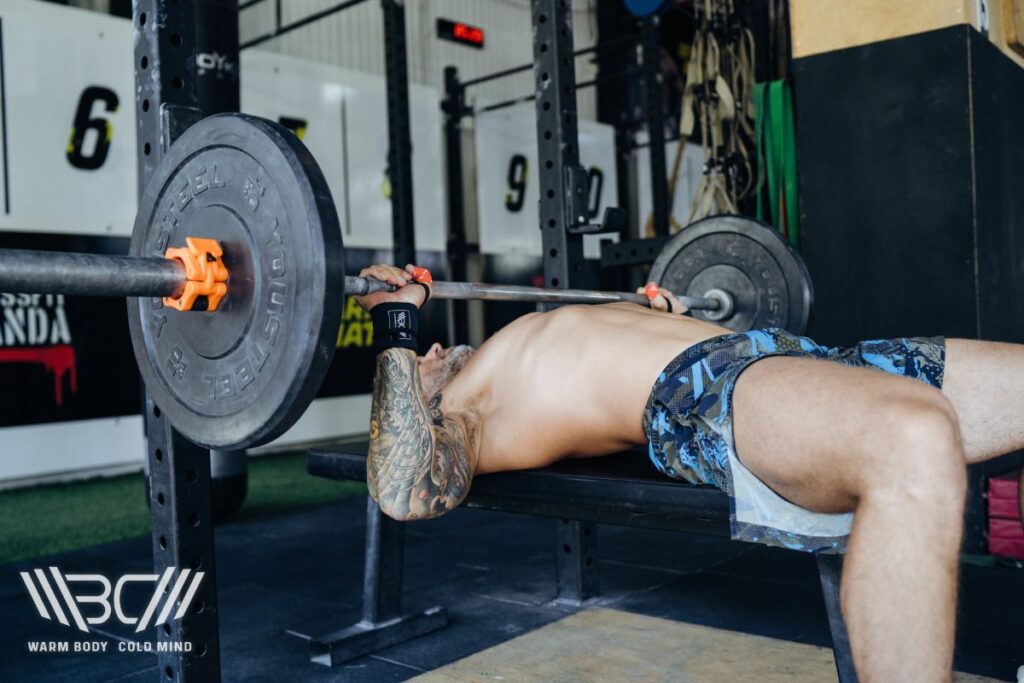Alright, so today I wanted to share a bit about something I’ve really come to rely on in my home gym setup: bench press safety bars. For a long time, I kinda just winged it, especially when lifting alone. Thought I knew my limits, you know? But then you have that one session where things get a bit sketchy, and it makes you rethink everything. That’s what happened to me.

My Wake-Up Call
I remember this one evening, I was going for a new personal best. Pushed the first rep, felt good. Second rep, a bit of a grind. And on that third attempt, I just hit a wall. The bar came down, and I couldn’t get it back up. Luckily, I managed to do the old roll of shame down my chest and stomach, but man, it was a scare. My heart was pounding, not just from the lift, but from the “what if.” What if I couldn’t roll it? What if I was really stuck?
That night, I didn’t sleep too well. Kept thinking about it. The next morning, first thing I did was start looking into proper safety measures. I already had a power rack, but I wasn’t consistently using the safety pins or bars for benching, which was just dumb, looking back.
Setting Them Up – The Fiddly Bit
So, I decided to make it a non-negotiable part of my routine. Getting them set up right was the first step. It took a bit of trial and error, I won’t lie.
- First, I’d lie down on the bench with an empty bar.
- Then I’d lower the bar to my chest, really arching a bit, trying to get that good starting position.
- From there, I’d figure out where the safety bars needed to be. They had to be low enough so I could get a full range of motion, but high enough so if I failed a lift, the bar would rest on them before it crushed my chest or pinned my neck. That’s the key.
I must have adjusted them like ten times. Got on the bench, got off, moved a pin up, moved a pin down. I found that setting them just about an inch or so above my chest when I’m slightly deflated (like after exhaling) works best for me. This way, if I fail, I can just relax my chest a bit, or carefully guide the bar down, and it rests safely on the bars. I can then slide out from under it. No drama.
My Current Process – Every Single Time
Now, it’s like clockwork. Before I even think about loading plates, I always check my safety bars.

I get on the bench, take the empty barbell, and lower it to my chest just to double-check the clearance. It takes literally 10 seconds. If I’m feeling particularly strong that day or trying a heavier weight where my arch might be different, I might even make a micro-adjustment. It’s just part of the setup, like chalking up.
When I’m actually lifting, especially on those heavier sets or when I’m pushing for an extra rep, knowing those bars are there is a huge mental boost. I can focus on the lift without that nagging fear in the back of my mind about getting stuck. If I fail, I fail. The bars catch it. I take a breather, deload the bar, and live to lift another day.
The Peace of Mind is Worth It
Honestly, using safety bars has made my bench pressing feel so much more secure, especially since I train alone most of the time. It’s not about being weak; it’s about being smart. You can push yourself harder, more confidently, when you’ve taken the proper precautions. I’ve seen some folks at commercial gyms just ignore the safety features on racks, and it makes me cringe a little inside. For me, it’s a simple step that makes a world of difference. No more “roll of shame” for this guy, hopefully!
So yeah, that’s my experience. If you’re benching, especially by yourself, seriously consider making safety bars a non-negotiable part of your setup. Took me a scare to get serious about it, but now I wouldn’t train without them.
